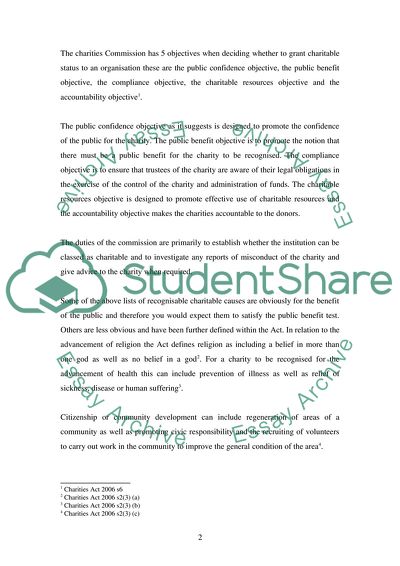Cite this document
(Changes to the Charities Act 2006 Essay Example | Topics and Well Written Essays - 3000 words, n.d.)
Changes to the Charities Act 2006 Essay Example | Topics and Well Written Essays - 3000 words. https://studentshare.org/law/1706707-trust-law-2
Changes to the Charities Act 2006 Essay Example | Topics and Well Written Essays - 3000 words. https://studentshare.org/law/1706707-trust-law-2
(Changes to the Charities Act 2006 Essay Example | Topics and Well Written Essays - 3000 Words)
Changes to the Charities Act 2006 Essay Example | Topics and Well Written Essays - 3000 Words. https://studentshare.org/law/1706707-trust-law-2.
Changes to the Charities Act 2006 Essay Example | Topics and Well Written Essays - 3000 Words. https://studentshare.org/law/1706707-trust-law-2.
“Changes to the Charities Act 2006 Essay Example | Topics and Well Written Essays - 3000 Words”. https://studentshare.org/law/1706707-trust-law-2.


